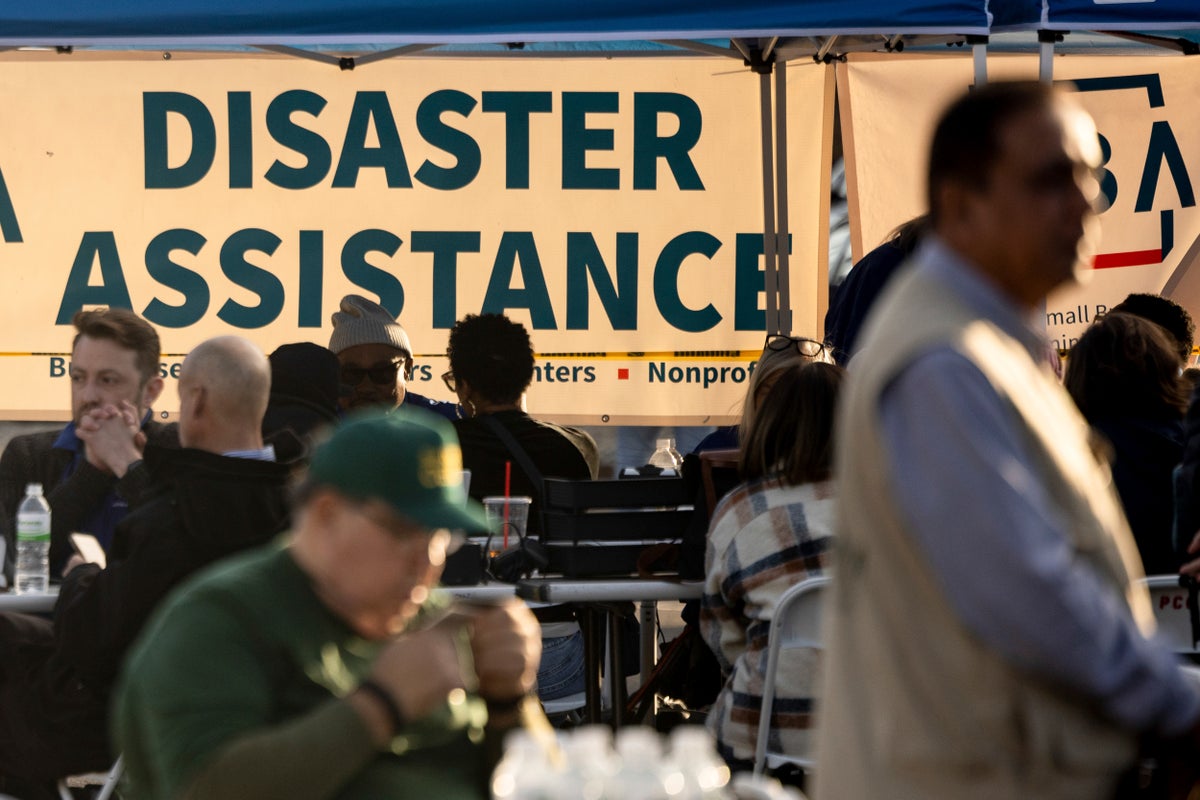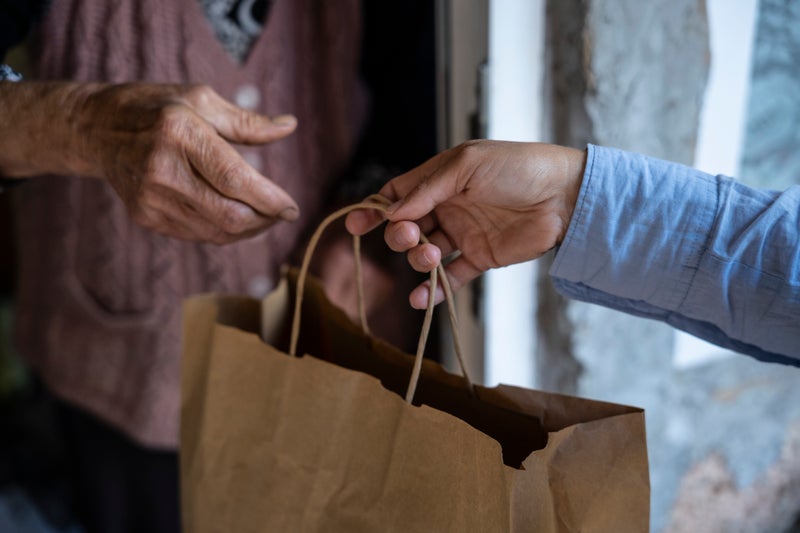Dozens of New Orleanians have been bused to a site with no floor and no blankets days before the city is to host the Super Bowl. On a pre-dawn morning in January, state police and other agencies directed by the Louisiana governor, Jeff Landry, descended on homeless encampments throughout downtown New Orleans. More than 100 unhoused people were bused – under threat of arrest – to an industrial warehouse miles away, dubbed the “transitional center”.
![[A man warms his hands over a barrel fire]](https://i.guim.co.uk/img/media/575e193f3e3c3fba8ac8b671c029fcacff903707/0_120_1600_960/master/1600.jpg?width=445&dpr=1&s=none&crop=none)
The hastily assembled site had been arranged under a no-bid contract thanks to emergency powers invoked by Landry – who took office in early 2024 – and opened before an unprecedented winter storm that ultimately dumped about 10in of snow on some parts of the region. The site did not have sufficient cots, adequate heating or even enough blankets when it first began taking in people on 15 January. Unhoused residents who didn’t want to go to the warehouse scattered, some forced to leave behind everything they owned just days before the dangerous blizzard hit on 21 January.
Mike Steele, the communications director with the governor’s office of homeland security and emergency preparedness, confirmed that the site had had insufficient heating at first. But, Steele said, the issue had been fixed, and staff had since ordered extra blankets. Press, nonetheless, has not been permitted entry to the site. Concerns persist among unhoused people and their advocates about the warehouse arrangement – which is costing taxpayers more than $17m – as the eyes of the world turn to New Orleans, hosting the NFL’s Super Bowl on 9 February and Mardi Gras festivities culminating on 4 March.
Furthermore, the warehouse may be a harbinger of what’s to come nationally as the second Donald Trump presidency’s new housing secretary has refused to rule out government-run detention camps for unhoused people. An affidavit from an ongoing lawsuit against Louisiana state police gives a glimpse into the way at least one person who is unhoused ended up at the warehouse. In the affidavit, Christopher Aylwen, who had been unhoused for nine months, said he had been approached by law enforcement officers that morning and told that a bus was waiting to take him to a new facility. When he declined, officers told him: “It’s either that or jail.” He offered to move but was told: “No, you can come with us or we’ll cuff you and throw you in jail.”.
Aylwen complied and was bused to the warehouse, where he was processed and given an identification bracelet. But when he saw “what appeared to be a bare warehouse”, he left, deciding to take his chances downtown, several miles away. Other unhoused people, including one woman still wearing a hospital bracelet, had been forced to quickly abandon all their possessions as officers descended and began to rip apart their tents with knives and a Caterpillar front-end loader, according to witnesses.
Those who did go to the so-called transitional center found themselves in a 70,000 sq ft (6,503 sq meter) warehouse with no eye-level windows, established next to an industrial canal, and nearly a mile from the closest bus stop. Alison Poort, chief of staff for the New Orleans city council member Lesli Harris, visited the warehouse three days before state police began sending unhoused people there. She wrote in her affidavit that “the warehouse had no floor, and I was told by [on-site] staff that the walls had no insulation”. Rain leaked through holes in the roof, pooling on the ground near the sleeping area.
The day before residents arrived, the site still had no heating, and “staff said they were concerned about water entering through the walls when the wind blew”. Poort got the impression that “the site conditions were not safe or healthy for human habitation”. For the first couple days the shelter was open, the heat wasn’t working correctly, and indoor temperatures hovered in the mid-50s. One woman asked for a blanket because she was cold, but staff – themselves dressed in coats and scarves – told her no more were available.
A housing case worker who requested their identity be withheld because they weren’t authorized to speak on the subject said that multiple clients had missed medical appointments “because everyone’s either hiding or moving out of the area where they normally are”. They also said conditions in the warehouse had improved since the initial “really rough days”, and most of their clients there were now satisfied with the services they were receiving. But the case worker was also surprised that transitional center staff had been pledging to house everyone, saying that if housing vouchers were suddenly more available, “I don’t know why these services [vouchers] couldn’t have been offered to us this whole year”.































